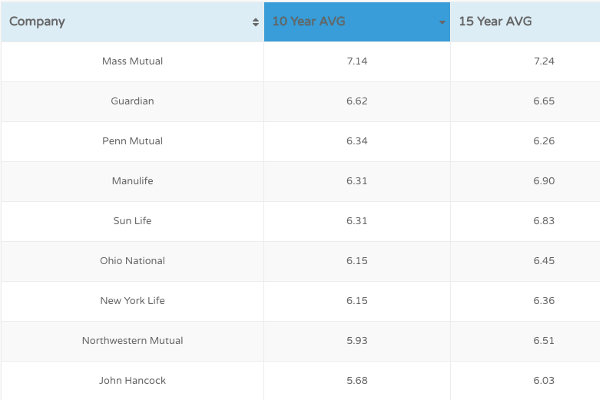Index Universal Life (IUL) insurance policies offer a unique combination of life insurance protection and the potential for cash value growth tied to stock market performance. With IUL, policyholders have the opportunity to participate in the upside potential of the market while still enjoying the security of a life insurance policy. To make the most of your IUL policy and maximize returns, it's important to understand certain strategies and considerations. In this blog post, we will explore key tips for maximizing returns in your Index Universal Life insurance policy.
Understand the Basics of Index Universal Life Insurance:
Before diving into strategies, it's crucial to have a solid understanding of how IUL works. Familiarize yourself with the policy structure, including the death benefit, cash value accumulation, and the indexing strategy used to determine your policy's growth potential. This knowledge forms the foundation for implementing effective strategies.
Determine Your Risk Tolerance and Objectives:
Every individual has a unique risk tolerance and financial objectives. Evaluate your risk tolerance and determine your investment goals. Are you comfortable with higher potential returns and market volatility, or do you prefer a more conservative approach? Clearly defining your risk tolerance and objectives will help guide your decision-making process.
Choose the Right Indexing Strategy:
IUL policies offer various indexing strategies, such as fixed index strategies and annual point-to-point strategies. Each strategy has its own benefits and considerations. Evaluate the historical performance, volatility, and crediting methods of each strategy offered by your insurance provider. Selecting the right strategy that aligns with your risk tolerance and investment goals can significantly impact your returns.
Regularly Monitor and Review Your Policy:
To ensure your IUL policy continues to align with your goals, it's important to regularly monitor and review its performance. Stay informed about the market conditions and how they may affect your policy's cash value growth. Review your policy annually or semi-annually to assess if any adjustments or reallocations are necessary to optimize returns.
Boosting returns in your Index Universal Life Insurance: your wealth, your way.
Click below to get a Quote Now
Consider Utilizing Policy Riders:
Policy riders are additional features that can be added to your IUL policy to enhance its flexibility and potential returns. Riders such as a term insurance rider, return of premium rider, or accelerated death benefit rider can provide additional benefits and options tailored to your specific needs. Evaluate the available riders and discuss with your insurance agent to determine which ones align with your objectives.
Maximize Contributions within Policy Limits:
One way to potentially boost returns is by maximizing your contributions within the limits set by your policy. By contributing the maximum allowed premium, you can accelerate the growth of your policy's cash value. However, it's essential to ensure that you stay within the guidelines to maintain the policy's tax advantages and avoid potential negative consequences.
Rebalance Your Portfolio:
As the market fluctuates, the allocation of your policy's cash value among different index accounts may deviate from your initial target allocation. Rebalancing involves adjusting your allocations periodically to maintain the desired balance. By rebalancing, you can take advantage of potential gains and reduce exposure to excessive risk.
Seek Professional Guidance:
Navigating the complexities of Index Universal Life insurance and maximizing returns can be challenging. Consider working with a financial advisor or insurance professional who specializes in IUL policies. Their expertise can help you make informed decisions, optimize your strategy, and ensure your policy remains aligned with your long-term goals.
Conclusion
Index Universal Life insurance policies offer a unique opportunity for individuals seeking both life insurance protection and the potential for cash value growth tied to market performance. By understanding the basics, defining your risk tolerance and objectives, selecting the right indexing strategy, monitoring your policy, utilizing policy riders, maximizing contributions, rebalancing your portfolio, and seeking professional guidance, you can maximize the returns in your IUL policy. Remember, each person's financial situation is unique, so it's crucial to tailor these tips to your specific needs and consult with a professional for personalized advice. With careful planning and informed decision-making, you can make the most of your Index Universal Life insurance policy's potential for growth and financial security.
Boosting returns in your Index Universal Life Insurance: your wealth, your way.
Click below to get a Quote Now




